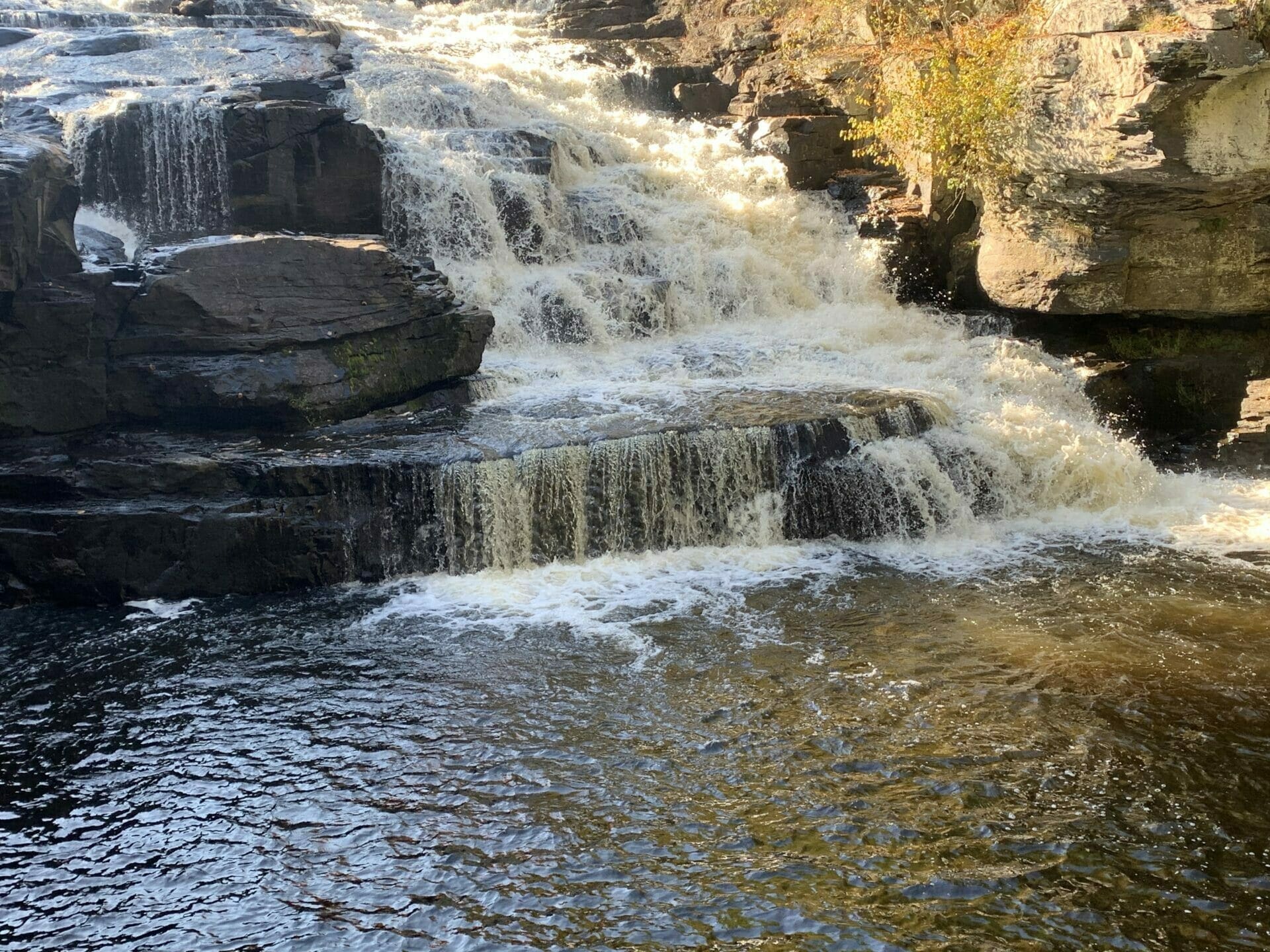A well-maintained pond can be a beautiful addition to any garden, providing a tranquil spot to relax and a thriving habitat for a variety of wildlife. However, to keep your pond in top condition, it’s essential to carry out regular maintenance tasks. These tasks can vary with the changing seasons, each bringing its own set of challenges and requirements. In this blog post, we’ll guide you through the key seasonal pond maintenance tasks to ensure your pond remains healthy and vibrant throughout the year.
Spring
Spring is a time of renewal and growth, and this is true for your pond as well. Here are some key tasks for spring:
- Check Your Equipment: After the winter, it’s important to check your pond equipment, such as pumps and filters, to ensure they’re working correctly. Clean them if necessary and replace any damaged parts.
- Remove Winter Debris: Over winter, leaves and other debris may have accumulated in your pond. Remove this debris to prevent it from decomposing in the water and causing water quality issues.
- Reintroduce Plants: If you’ve overwintered any pond plants indoors, spring is the time to reintroduce them. Also, consider adding new plants to provide oxygen and habitat for pond creatures.
- Monitor Water Quality: As temperatures rise, it’s important to monitor your pond’s water quality. Test the water for pH, ammonia, nitrite, and nitrate levels, and take any necessary steps to correct imbalances.
Summer
Summer is when your pond will be at its most active. Here are some tasks for this season:
- Control Algae: Warm temperatures and increased sunlight can lead to algae blooms. Regularly remove excess algae and consider adding more oxygenating plants to help keep it under control.
- Top Up Water Levels: Evaporation can lead to lower water levels in summer. Top up your pond with rainwater if possible, as tap water can contain chemicals that are harmful to pond life.
- Feed Fish: If you have fish, they will be more active in the warmer months and will require feeding. However, be careful not to overfeed, as uneaten food can pollute the water.
Autumn
As the leaves start to fall, it’s time to prepare your pond for winter. Here are some autumn tasks:
- Install a Pond Net: A net can prevent leaves from falling into your pond and decomposing, which can lead to water quality issues.
- Trim Back Plants: Cut back any dying foliage to prevent it from falling into the pond.
- Prepare Fish for Winter: If you have fish, reduce their feeding as the temperature drops. Fish are less active in cold temperatures and require less food.
Winter
Winter is a quiet time for ponds, but there are still some maintenance tasks to carry out:
- Keep the Pond Ice-Free: If your pond freezes over, gases produced by decomposing material can become trapped and harm pond life. Use a pond heater or float a ball on the surface to prevent the pond from freezing over completely.
- Switch Off Equipment: If temperatures drop below freezing, consider turning off your pond pump and filter to prevent them from freezing and becoming damaged.
- Avoid Disturbing Wildlife: Many pond creatures hibernate over winter, so avoid any major maintenance tasks during this time to avoid disturbing them.
By following these seasonal pond maintenance tips, you can ensure your pond remains a healthy and attractive feature in your garden all year round. Remember, a well-maintained pond can provide a haven for wildlife and a place of beauty and tranquility for you to enjoy, no matter the season.

